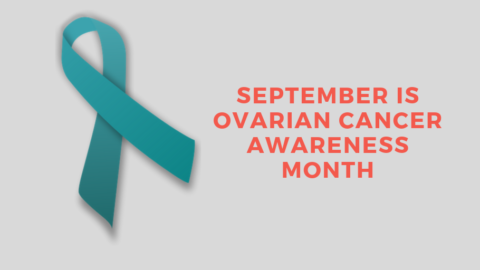The Coronavirus pandemic and its disease, COVID-19, has laid bare historical and contemporary social, economic, and health societal inequities across race/ethnicity. These inequities have dramatically increased the risk of Coronavirus transmission and burden of disease among Black and Latino communities.
Emergent data indicate these communities are disproportionately affected by Coronavirus, relative to other racial/ethnic groups in the United States. For example, early reports of mortality by race/ethnicity in St. Louis, indicated that Black people represented all the COVID-19 deaths in St. Louis. Considering the legacies of racism, St. Louis and other cities, are structured by entrenched racial residential segregation, limited health promotive resources and residents who experience greater levels of stress and trauma.
Our public health tools, theories, and surveillance data indicate that Black and Latino communities are uniquely susceptible to infectious, acute and chronic diseases as a result of systemic disinvestment in neighborhoods across the U.S. These communities lack the resources needed to avoid risks or to minimize causes that may influence health behaviors, access to health care and social services needed to provide protection during global pandemics (Link & Phelan, 1995).
The full impact of COVID-19 on vulnerable populations remains to be seen. However, even the efforts to contain transmission are affected by resources. Adherence to physical distancing guidelines — to stay home and avoid contact with large groups of people — is a privilege.
People without adequate resources to purchase additional food and supplies, and people who have essential service jobs, such as grocery store clerks, postal workers and hospital janitorial staff, likely cannot afford to observe social distancing guidelines. These realities could have catastrophic consequences for vulnerable populations.
What Happened?
A key feature of identifying, diagnosing and effectively treating the virus, hinges on listening and gauging the severity of symptoms. The quality of care that Black families receive will likely diminish. These factors contribute to young, healthy Black people succumbing to COVID-19, therefore demonstrating the need to focus on racial, ethnic, gender, and social-economic risks.
Additionally, there is a persistent mistrust of public health and medical care institutions and professionals in Black communities because of historical breaches of trust at the local and national levels. Furthermore, these guidelines do not incorporate the social network structures of Black and brown communities, particularly the preponderance of intergenerational household structures and the support received from extended family networks.
The lack of testing throughout the U.S., but especially in Black and brown communities, has likely fueled the transmission of Coronavirus and increased susceptibility among these populations. The communication around physical distancing guidelines in addition to access to testing are inadequate and inequitable.
Moving Forward
In the short-term, resources, including testing capacity, ventilators, personal protective equipment, and intensive care units are needed to combat the virus in the healthcare systems that serve our communities.
Public health professionals must recognize historical injustices and intentionally work to be more culturally aware when tailoring public health messages. There is also a need to provide material support, including economic and food, to historically marginalized communities.
In addition, Black families are more likely to be uninsured or underinsured, and many of the states where most Black people reside have chosen not to expand Medicaid to increase their access. Therefore, expanding access to healthcare is critical among other recommendations such as:
- Expand/increase testing centers in Black communities.
- Increase communication efforts in Black communities using trusted leaders and lay health advisors.
- Develop communication strategies through non-traditional communication channels.
- Contextualize language to explain CDC guidelines and prevention strategies.
- Utilize existing sources within Black communities to distribute food, to provide outreach to residents with a range of risks that increase their vulnerability (e.g. hearing impaired, those with other abilities, those living in nursing homes, those living alone, etc.).
- Structure recreational opportunities within neighborhoods, such as closing off streets to provide ample space for social distancing.
In the long-term, there must be intentional efforts to redress historical ills to improve contemporary population health. Racist policies and practices implemented decades ago solidified this and these policies continue to contribute to inadequate infrastructure and resources, such as full-service grocery stores as well as equitable education and employment opportunities, in Black communities.
Segregation has fueled healthcare shortages in predominantly Black communities. In the months and years to come, there will be an explosion of research devoted to understanding racial/ethnic inequities in the impact of Coronavirus.
It is critical to remember what we already know, and focus less on establishing the patterns of inequalities, but developing solutions. We know that health inequities are not due to immutable, biological differences across race/ethnicity. Rather, they are fueled by social and economic factors. We know that if fundamental causes of disease are not addressed, we cannot change policies influencing testing decisions, policies to increase access to health insurance and unemployment payments.
Additionally, without a focus on the fundamental causes of chronic, acute and infectious diseases, we cannot change behaviors that can also minimize risks. It is also critical that we recognize and incorporate the perspectives of people who have been historically marginalized.
This provides new messaging strategies to better engage disenfranchised communities, thereby facilitating the dissemination of credible, relatable information and that avoids victim-blaming, and relying on cultural deficit-troupes.
Keon Gilbert, DrPH, MA, MPA
St Louis University


